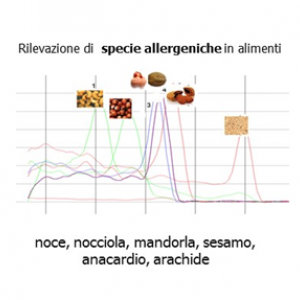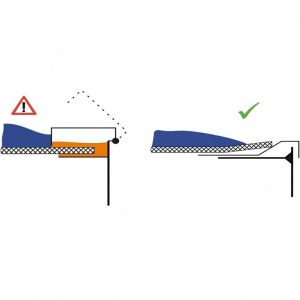
Methods for allergenic species detection
The method developed allows for the detection of allergenic ingredients in food, through an indirect DNA-based analysis. In particular, we refer to the ingredients listed in Annex III of the EU Directive 1169/2011. The method is based on the...



